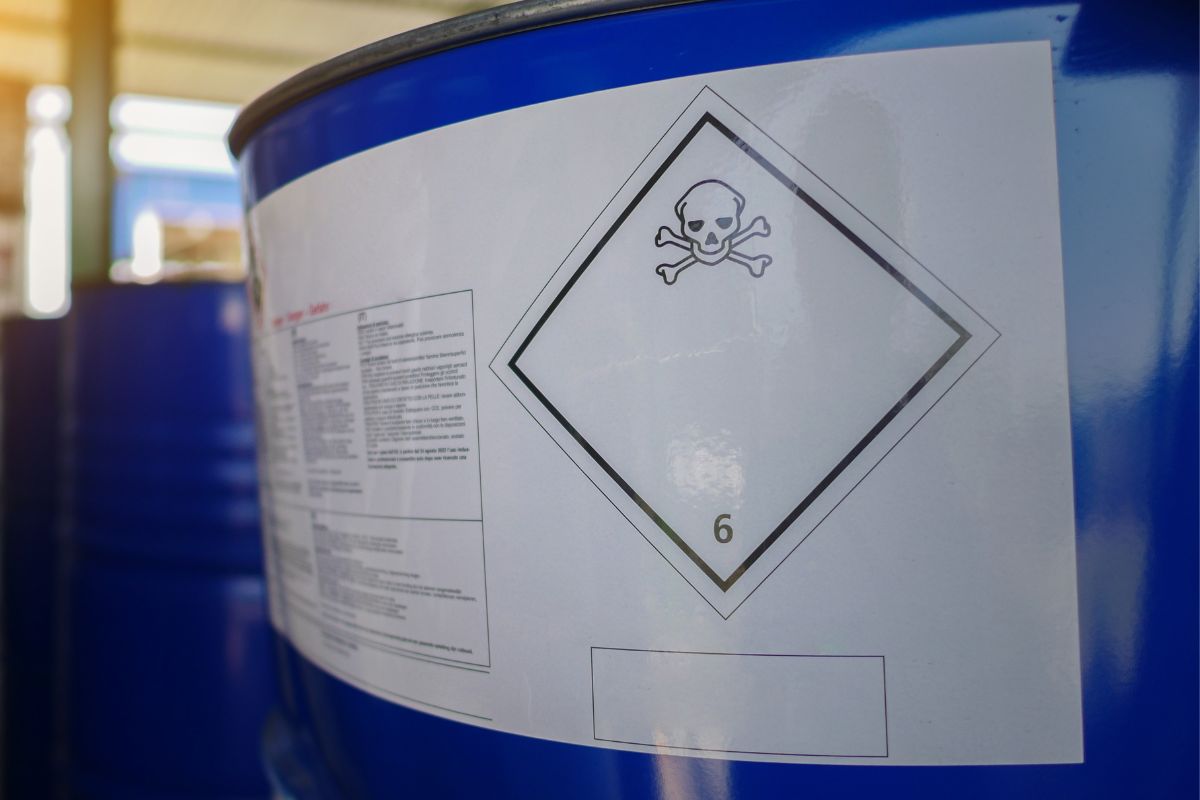Defining Hazardous Materials: 4 Types of Listed Wastes

Many people don’t understand the many types of hazardous waste out there. If you want to know whether the type of waste your company produces falls within this broad category, then you can look at listed waste. There are four types of listed wastes we can define as hazardous materials. The government requires people to identify these listed wastes, so you should memorize the following types in case your company’s waste starts to fall within one of the categories.
F-List: Non-Specific Source Waste
F-list waste often comes from manufacturing and industrial processes. However, those processes occur in a wide variety of industries, which is why it is non-specific source waste. There are seven subcategories of waste on the F-List.
- Multisource leachate
- Wood preserving waste
- Dioxin-bearing waste
- Chlorinated aliphatic hydrocarbons production
- Electroplating and other metal finishing waste
- Spent solvent waste
- Petroleum refinery wastewater treatment sludges
If your company produces waste that falls within any of these seven subcategories, then you’re producing hazardous materials and need to dispose of the waste accordingly.
K-List: Specific Source Waste
K-List waste comes from specific sources within manufacturing and industrial areas. Instead of subcategories describing the waste, the subcategories on the K-List describe the waste sources. There are 13 waste sources in this waste type.
- Veterinary pharmaceutical manufacturing
- Organic chemical manufacturing
- Inorganic pigment manufacturing
- Inorganic chemical manufacturing
- Manufacturing pesticides
- Manufacturing explosives
- Preserving wood
- Refining petroleum
- Producing iron and steel
- Primary aluminum production
- Coking
- Formulating ink
- Secondary lead processing
If you work within these industries, then most of your waste probably belongs on the K-List. You should partner with a trusted hazardous waste transportation and disposal company to ensure that you can handle waste properly.
P-List: Acute Hazardous Waste
P-and-U-List waste is extremely similar. The waste types on both lists come from commercial chemical products. The chemical must fall within at least one of the following three categories to qualify as a P-or-U-List chemical product:
- 100 percent pure
- Technical (such as commercial) grade
- The only active ingredient in a chemical formulation
Qualifying chemicals will then fall on the P-List if they are also discarded and are acute hazardous waste. In terms of waste management, acute means that these chemicals are more dangerous than typical hazardous waste. Many can cause severe illness, disability, and even death. Examples of qualifying P-List chemicals are acrolein, brucine, isolan, and various types of mercury.
U-List: Toxic Waste
U-List chemicals will fall within the three categories we listed above. They are also discarded waste, but they are not acute, meaning they are not quite as dangerous as the chemicals found on the P-List. Most of the chemicals on this list display the hazardous characteristic of toxicity. Examples of qualifying U-List chemicals are:
- Diallate
- Oxirane
- Various types of methane
Despite the difference in dangers between P-and-U-List chemicals, both require specific hazardous waste management for proper disposal.
Defining hazardous materials and learning about the four types of listed waste is important for all companies, especially those in commercial and industrial sectors. If you need a partner for hazardous waste transportation and disposal, Clean Management Environment Group can handle the types of waste we explained above.
